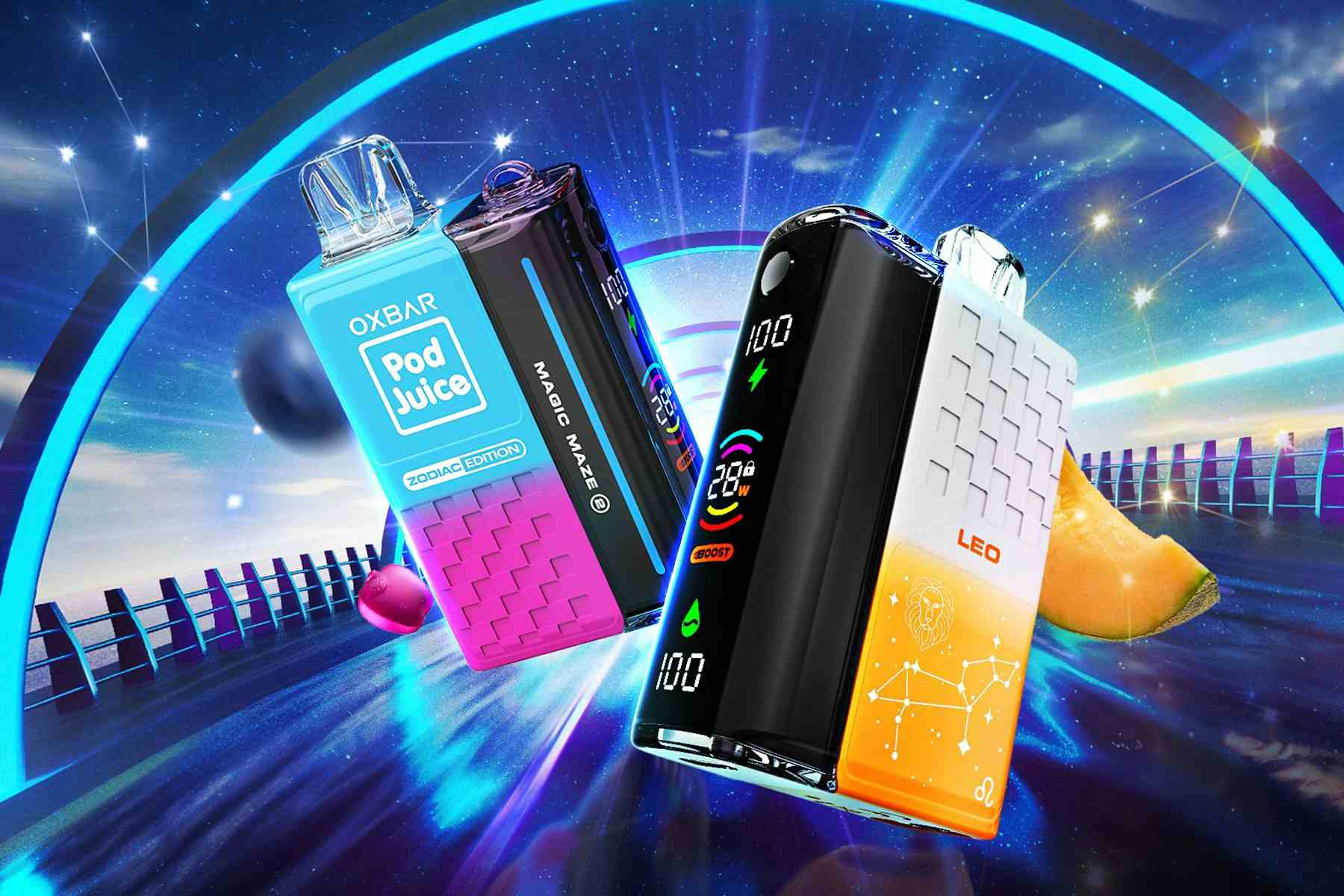The Best Ways to Compare Vape Technical Specifications
In the rapidly evolving world of vaping, consumers often find themselves overwhelmed by an array of technical specifications associated with different vape devices. To ensure you make an informed decision, it’s crucial to understand how to compare these specifications effectively. This guide will walk you through the essential criteria to consider, helping you find the perfect vape device for your needs.
Understanding Vape Types
Before delving into technical specifications, it’s important to recognize the different types of vape devices available on the market. Generally, these can be categorized into three main types: cigalikes, vape pens, and box mods. Each type offers unique features and specifications that cater to various user preferences and vaping styles.

Battery Capacity
One of the key specifications to compare is the battery capacity, typically measured in milliampere-hours (mAh). A higher mAh indicates a longer battery life, allowing users to vape for extended periods without recharging. For instance, many vape pens come with batteries ranging from 300mAh to 1200mAh, while high-capacity box mods can exceed 3000mAh. When comparing devices, consider your vaping habits—if you vape frequently or at high wattages, opt for a device with a larger battery capacity.
Wattage Range
The wattage range is critical for determining the output and performance of your vape device. Wattage affects vapor production and flavor intensity, with higher wattage leading to denser vapor. Most vape pens operate between 10W to 30W, while advanced box mods can range from 50W to well over 200W. Understanding your preferred vaping style will help you choose an appropriate wattage range for your device.
Coil Compatibility and Resistance
Coils are vital components of any vape device, affecting both flavor and vapor production. Coils come in various resistances, typically measured in ohms (Ω). Higher resistance coils (1.0Ω and above) are suitable for mouth-to-lung vaping, producing a more cigarette-like experience. Conversely, lower resistance coils (below 1.0Ω) are designed for direct lung vaping, generating larger vapor clouds. Always ensure that the device you choose is compatible with the type of coils you prefer.
Tank Capacity and Material
When comparing vapes, consider the tank capacity, typically measured in milliliters (ml). Larger tanks hold more e-liquid and require less frequent refilling. Additionally, tank construction material is essential to ensure durability and safety. Common materials include glass and plastic; glass is often preferred for its resistance to e-liquid degradation.
Temperature Control Features
Advanced vapers often look for temperature control features in a device. This function allows the user to set the temperature of the coil, preventing dry hits and enhancing the overall vaping experience. If you are interested in customization and precision, seek devices that offer temperature control capabilities alongside variable wattage settings.
Conclusion
By understanding these key specifications—battery capacity, wattage range, coil compatibility, tank capacity, and temperature control features—you will be well-equipped to compare different vape devices effectively. Whether you are a beginner or a seasoned vaper, selecting a device that matches your preferences can vastly improve your vaping experience. Always conduct thorough research, read user reviews, and consult product guides to make the best choice for your vaping needs.





